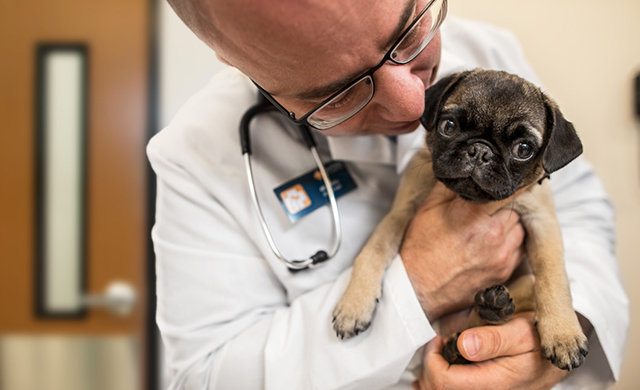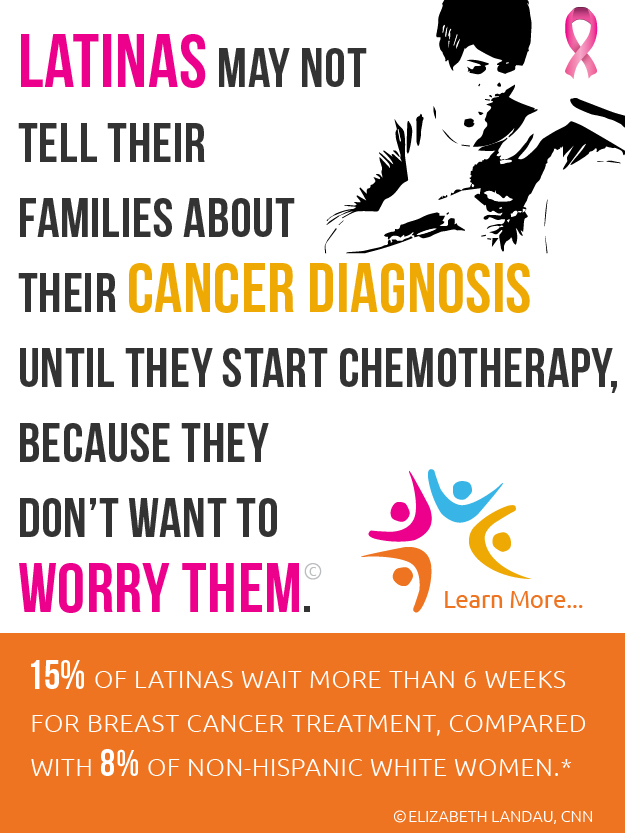
The Health Benefits of Spaying and Neutering Your Pets
06/13/2018 06:00AM | 6753 viewsSpaying or neutering is one of the first decisions you can make to give your pet the best chance of a happy, healthy life.
It is among the most common surgical procedures in pets. The testicles are surgically removed during castration (neuter or orchiectomy) in male pets, and the ovaries, fallopian tubes and uterus are surgically removed (spay or ovariohysterectomy) in female pets.
Banfield veterinarians Dr. Andrea Sanchez and Dr. Ari Zabell, both in Vancouver, WA, feel strongly about encouraging their clients to spay or neuter their dogs and cats.
Dr. Sanchez said she’s noticed her Hispanic clients are more reluctant to spay and neuter. As someone who is also Hispanic, she understands how the cultural connection to family sometimes influences these decisions.
“The experience of family and having children is so valuable to many of us emotionally,” said Dr. Sanchez. “We think our pets also want the experience of having babies. Sure, they have an instinct to procreate, but we don’t really know that they would ever lament not having children like we might.”
Spaying and neutering can reduce the risk of disease and have the potential to increase life span.
For those clients who tell her they want their pets to experience giving birth one time, and then they’ll spay or neuter, Dr. Sanchez worries that approach is actually putting their pets at risk. If a female dog goes through even one heat cycle, she is significantly more likely to develop breast cancer later in life.
“If you spay before your pet’s first heat cycle, you’re reducing chances of serious terminal illness and potentially premature death,” said Dr. Sanchez. “None of us want to see our pets go through that.”
As female pets age, they become more prone to mammary, uterine and ovarian cancers[1], uterine infections, and problems associated with the birthing process when not spayed. Research indicates spaying female dogs may increase their lifespan.[2]
Castrating males eliminates the risk of testicular cancer and reduces the risk of perianal tumors. For dogs in particular, castration reduces the risk of prostatic diseases, such as inflammation, infection, cysts, or enlargement of the prostate gland.
Neutering male dogs and spaying female dogs also greatly reduces the risk of sexually transmitted diseases, such as brucellosis and transmissible venereal tumors.
Neutering can curtail behavior problems.
According to Dr. Zabell, when pets remain intact (not neutered), their natural urges can create uncontrolled and unsafe environments for them.
“When they haven’t been neutered, pets can easily go missing, get lost, or injure themselves trying to get to a mate,” said Dr. Zabell. “If a male dog can sense a female dog in heat, he will literally go through walls and windows to get to her – sometimes digging holes in walls and floors.”
Such erratic, uncontrolled behavior can be dangerous. Pets can run into the street and get hit by cars, get into fights with other dogs, and sometimes even get in fights with the female in heat as a result.
“Also, frankly, when they are left intact, pets can be a lot messier,” said Dr. Zabell. “When a female is in heat she’ll drip blood. Male dogs are more likely to mark territory inside and outside of your house, and the odor of the marking is worse when they’re not neutered.”
Spaying and neutering is generally safe.
When pets are spayed or neutered, they undergo general anesthesia during the procedure. They receive pain medications to increase comfort during and after the surgery, and they are monitored after the procedure to ensure appropriate recovery from anesthesia.
Complications are rare. Your veterinarian will likely send some pain medications home with you and ask that you keep an eye on your pet and limit exercise for a few days.
“With females, it’s a little more complicated – removing the entire uterus and ovaries – but it’s a pretty small incision, and they recover in a matter of days,” said Dr. Sanchez.
As for timing, for female pets, Banfield doctors typically recommend spaying before the first heat cycle. For male pets, your veterinarian will make recommendations about castration which depend on your pet’s age and breed – in cats, this may occur as early as four months of age. In dogs, it may be anywhere between four and six months of age up to two years.
Partner with your veterinarian.
Banfield offers Optimum Wellness Plans that include the preventive care your pet needs annually at a predictable monthly price.For kittens and puppies enrolled before six months of age, the Early Care Plus Optimum Wellness Plans include a spay or neuter. Owners with dogs or cats over six months of age also have the option of adding an adult spay or neuter surgery when they enroll in an Optimum Wellness Plan.
The bottom line: spaying and neutering is an important part of pet ownership and giving your pet the best preventive care possible. “Pets that are spayed and neutered generally live longer, healthier lives,” said Dr. Zabell.
For more information on neutering, talk to your veterinarian.To find a Banfield Pet Hospital near you, visit www.banfield.com.
[1]Sorenmo K, Shofer F, Goldschmidt M. Effect of spaying and timing of spaying on survival of dogs with mammary carcinoma. Journal of Veterinary Internal Medicine 2008;14(3)
[2] Kent MS et al. Association of cancer-related mortality, age and gonadectomy in golden retriever dogs at a veterinary academic center (1989-2016). Public Library of Science January 2018;13(2)











Having a regular grooming routine including ear cleaning is equally important.
https://www.rockwellpetspro.com/how-to-clean-dogs-ears/